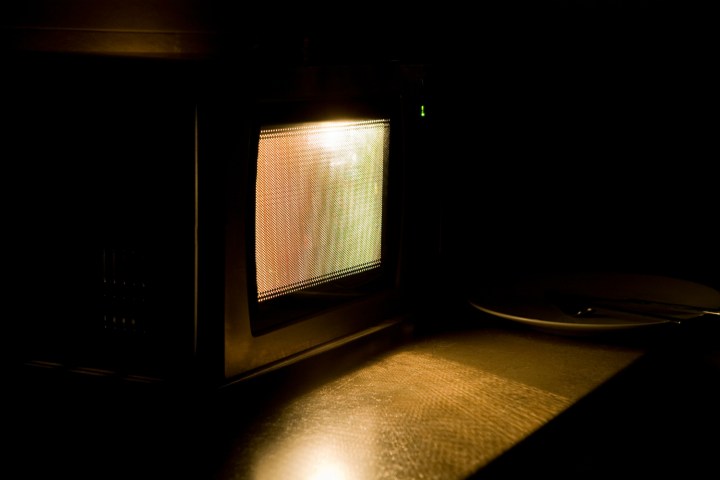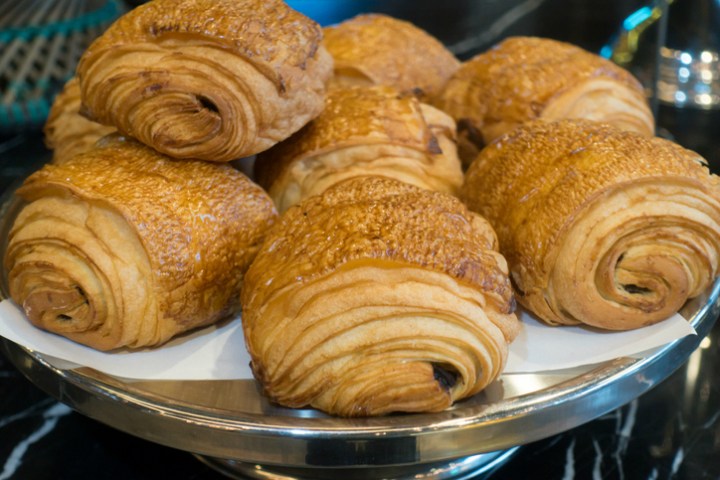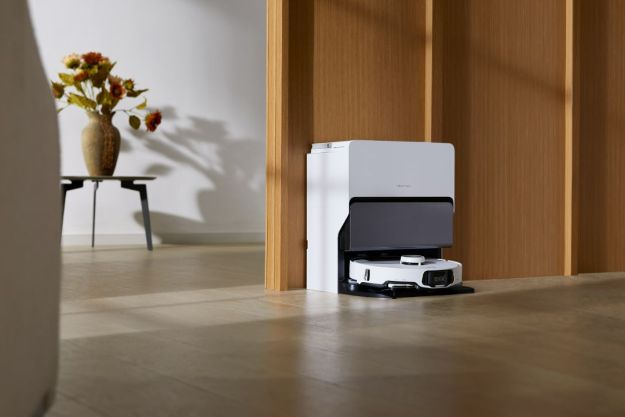
Microwave ovens are super convenient for making popcorn or reheating coffee, but nuking food isn’t always a good idea. Warming up leftovers can be OK, but microwaving many favorite food items destroys their taste and texture in a hot minute. Insider polled chefs worldwide for suggestions of foods you should never zap in a microwave oven. We added insights from some of our own experiences ruining perfectly good food in a microwave oven.
Puff Pastry
Puff pastry baked goods have a yummy, light taste and texture thanks to the butter used in the recipes. When you warm it up in a microwave oven, however, the butter melts, the layers collapse, and the result is an unappealing, greasy mess. In our experience, nuked croissants get hard and inedible.
Pizza
Microwaving leftover pizza is a common guilty pleasure, but it never tastes as good as a fresh pie. Nuked pizza is a pale reminder of the crispy original. You can reheat pizza in a hot skillet, oven, or broiler, but we vote for a using toaster oven to regain the closest-to-fresh taste and texture with minimal hassle. If you don’t want to take the time to put the pizza in a toaster, eating it cold is better than microwaving.
Bagels
Microwaving yesterday’s bagels is a binary decision — just don’t do it. Microwaved bagels turn out hard and nearly impossible to chew. Reheat bagels in a toaster, but keep them out of the microwave.
Eggs
The first word that comes to mind when thinking about cooking or reheating eggs in a microwave oven is “yuck.” Prepare to spend time cleaning out the oven after you toss out the scattered egg remnants.
Quiche
Well-prepared quiche has flaky crust surrounding ingredients layered in an egg and cheese mixture. Microwaving quiche destroys the character of the crust, and the nuked filling can vary from soupy to rock hard. Reheat quiche on medium heat in a conventional oven for just a few minutes. Like leftover pizza, cold quiche can be a joy — we like it with a touch of habanero sauce.
Fish
If you don’t like fish and didn’t intend to eat it anyway, nuke away — but only if you live alone. The odor of microwaved fish is no joke and the taste and texture, if you actually decide to eat it, can be nearly impossible to swallow. The meat of some fish species blows up when microwaved and cleaning fish bits from of a microwave oven, by comparison, makes cleaning exploded eggs a fun way to spend the afternoon.
Steak
If you think of steak as a noble food, don’t do it the dishonor of cooking or reheating in a microwave oven. You can still eat microwaved steak, it won’t explode like fish, but the unpredictable taste and leatherish texture banish any pleasure from the experience.
Soft Tacos
Soft tacos and the fillings we put in them work great as go-to meals and snacks. Reheating a soft taco gives it a nuked-bagel-like consistency (hard) and the innards become an indistinguishable mess.
Baby Formula
Never microwave baby formula — it can be dangerous. Microwaved liquids don’t always heat evenly. You could burn your baby’s mouth with overheated formula, even if the outside of the bottle feels lukewarm. The best way to warm a bottle of baby formula is to put it in a bowl or pan of warm water and for a few minutes.
Editors' Recommendations
- Panasonic’s smart microwave works with Alexa
- The Wi-Fi enabled Anova Precision Oven will help you never overcook foods again
- Sharp’s new Innit-enabled smart oven does all the cooking math for you












